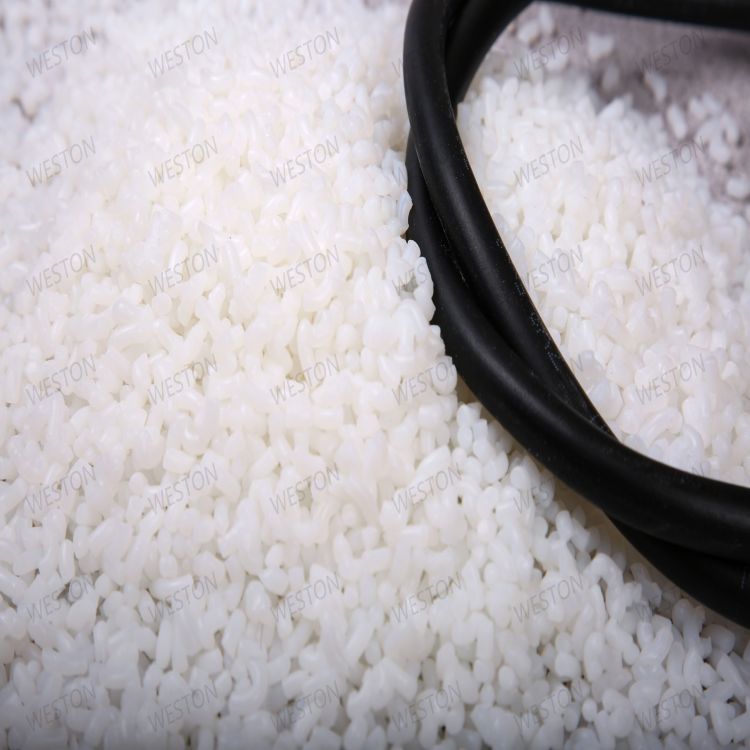-
Categories
-
Pharmaceutical Intermediates
-
Active Pharmaceutical Ingredients
-
Food Additives
- Industrial Coatings
- Agrochemicals
- Dyes and Pigments
- Surfactant
- Flavors and Fragrances
- Chemical Reagents
- Catalyst and Auxiliary
- Natural Products
- Inorganic Chemistry
-
Organic Chemistry
-
Biochemical Engineering
- Analytical Chemistry
- Cosmetic Ingredient
-
Pharmaceutical Intermediates
Promotion
ECHEMI Mall
Wholesale
Weekly Price
Exhibition
News
-
Trade Service
Organic solar cells (OSCs) have commercial potential in flexible portable devices due to their light weight, good flexibility, and low cost
.
With the development of molecular design and the optimization of device technology, the efficiency of solar cells based on polymer donors/non-fullerene acceptors has increased to more than about 18%, but the problem of large polymer batch differences restricts its commercial Application
Zhixiang Wei’s team, a researcher at the Key Laboratory of Nanosystems and Multilevel Manufacturing, National Nanoscience Center, Chinese Academy of Sciences, is committed to the research of soluble organic small molecule solar cell materials, optimizing the morphology of the active layer, improving the performance of the device, and achieving continuous improvement in battery efficiency and development A series of molecular design strategies have been developed to expand the understanding of the principle and mechanism of small-molecule solar cells, for example, the use of fluorinated end group strategies (Nat.
Commun.
2016, 7, 13740) and the expansion of the fused ring of the donor unit to improve the donor material The crystallinity (Nature Commun.
, 2019, 10, 5393), to achieve effective control of multi-level morphology; use adjustment strategies such as shifting the fulcrum of the alkyl chain (ACS Appl.
Mater.
Interfaces 2020, 12, 22, 25100) -25107; Adv.
Funct.
Mater.
2020, 30, 2005426.
; Adv.
Energy Mater.
, 2014, 4: 1400538) and the introduction of small liquid crystal molecules (Adv.
Energy Mater.
2019, 9, 1803175) to achieve crystallinity and Compatibility control; adjust the vertical phase distribution by heating the substrate (Adv.
Energy Mater.
2017, 7, 1701548); apply a similar compatibility strategy, introduce the third component to realize the ternary system from the alloy model to the level under heating conditions The transformation of the joint model (J.
Am.
Chem.
Soc.
2018, 140, 4, 1549–1556)
.
Recently, the team has cooperated with the research group of Qiu Xiaohui, a researcher of the National Nano Center, based on the all-small molecule organic solar cell ZR-TT/Y6, and introduced the homologous polymer PJ1 of the acceptor material as the phase interface compatibilizer to strengthen the acceptance.
The interaction of the body, the improvement of the morphology of the active layer of the receptor, and the increase of the energy conversion efficiency from 14.
3% to 15.
5%
.
The results show that PJ1 is located at the donor-acceptor interface in the active layer, which enhances the interaction between the donor-acceptor and makes the accumulation of molecules in the active layer more compact, so as to optimize the morphology of the active layer, accelerate the hole transfer rate, and finally Obtain an increase in energy conversion efficiency
In the design and synthesis of new materials, the team cooperated with Professor Harald Ade of North Carolina State University in the United States and others.
The position was moved to the meta position, and two small molecule donors, P-PhS and M-PhS, were designed and synthesized
.
Compared with P-PhS, the molecular planarity and surface tension of M-PhS are improved.
The research work is supported by the National Natural Science Foundation of China and the Strategic Leading Science and Technology Project (Category B) of the Chinese Academy of Sciences
Figure 1.
Figure 2.







